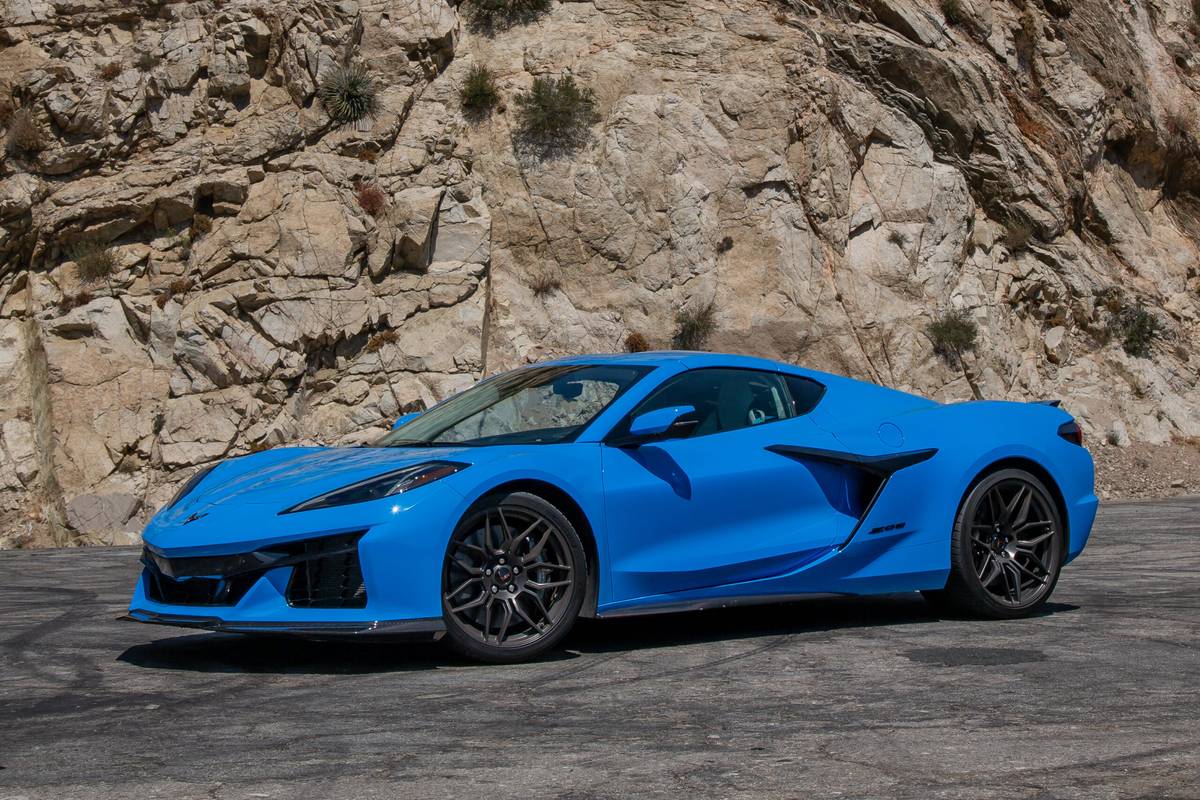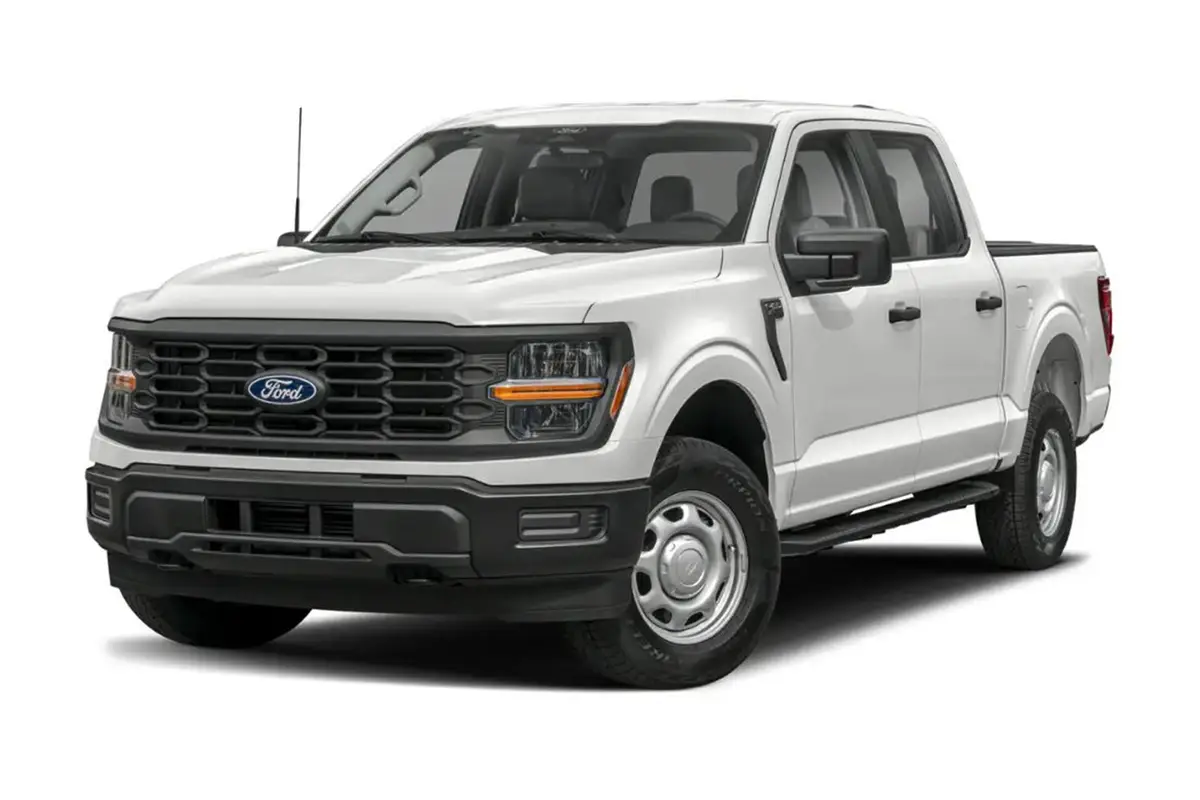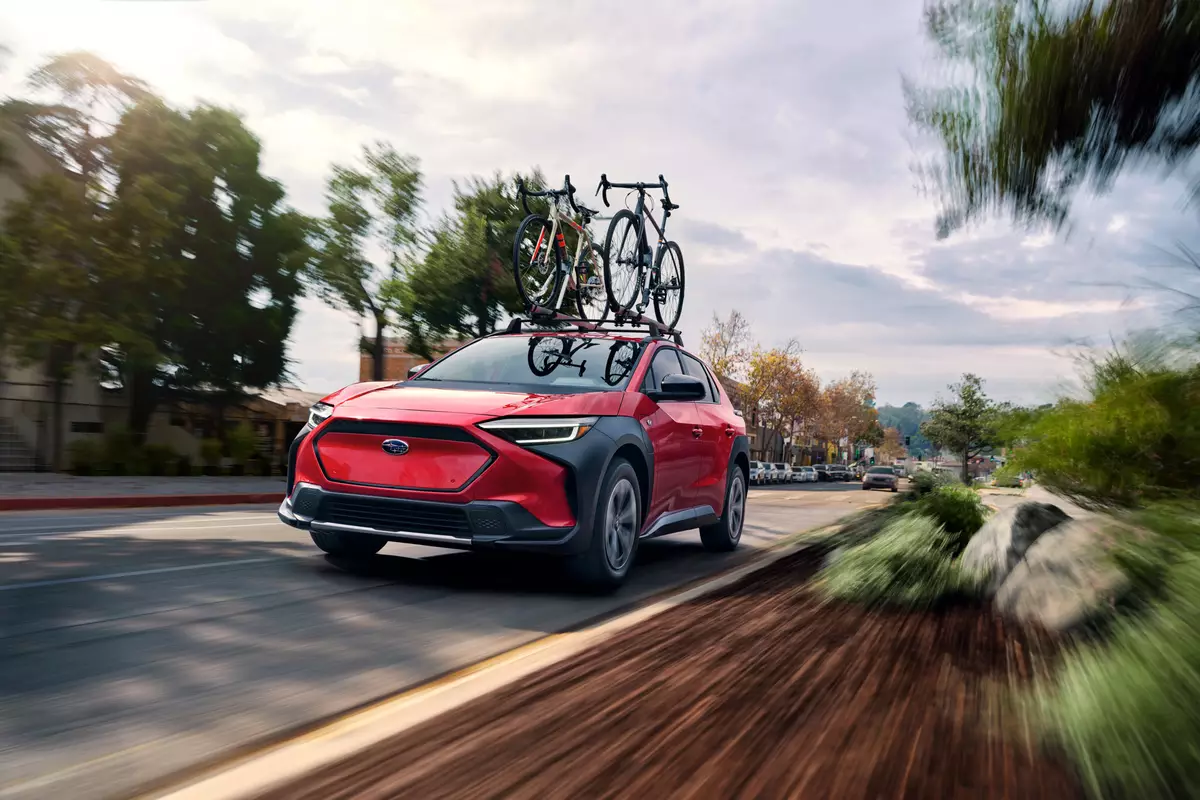Detroit Newspapers's view
The DeVille has suffered its share of criticism in the last decade as the last of Cadillac’s traditional American luxury sedans.
One look at its vast dimensions, two-ton curb weight and formal roofline suggests the preservation of the bad old days — numb steering, stopping distances the size of football fields and the agility of a water buffalo on Prozac.
However, that’s not the case, particularly with the DeVille Concours.
Yes, the DeVilles — standard, Concours and the new Elegance edition — cater to folks whose priorities are well-padded comfort and luxurious amenities over everything else.
But these Caddies offer far more capable performance than their bloated ancestors, and although they may not exactly qualify as sport sedans, they do bring an exemplary level of sophistication to the stability game.
Cadillac has been developing its Integrated Chassis Control System (ICCS) for two years, and the latest layer, called StabiliTrak, provides an exceptional level of control when driving conditions become something other than ideal: rain, slush, ice, loose sand, you name it.
Before StabiliTrak, ICCS integrated traction control, shock absorber damping rates, antilock brake functions and road surface sensors to enhance braking on stuff like broken pavement or gravel.
StabiliTrak adds yaw control to the equation, and it’s a first in a front-wheel-drive car. Yaw is engineer-speak for any deviation from straight-ahead, and the StabiliTrak system incorporates a sensor that detects such deviations, communicating the information, including the magnitude of the deviation, to the computer that governs the antilock brakes.
A second sensor measures steering wheel angles, down to one degree from dead center, as well as the rate of change, and sends the info to the computer.
A third sensor measures lateral acceleration — essentially, the amount of centrifugal force generated by the turn.
The antilock brake computer then performs a remarkable function. It interprets the driver’s intentions and intervenes to produce the desired effect.
For example, if the driver turns the wheel and the car doesn’t begin to turn, the computer applies the inside front brake to bring the car onto the desired line.
If the driver turns the wheel and the rear of the car begins to slide into the turn, the computer applies the outside front brake to restore stability.
I’ve had opportunities to drive Cadillacs equipped with this system (it’s offered on the Seville Touring Sedan and Eldorado Touring Coupe, as well as the DeVille Concours) in conditions ranging from sand-covered pavement to solid ice, and its performance has been remarkable in every demonstration.
It’s much harder to make a critical mistake in a car equipped with this system and much easier to restore stability when you do.
If this is part of the new American luxury tradition, then it’s a tradition that should be extended to every front-wheel drive car on the road.
Thanks to its variable shock damping — again, based on more computerized interpretation of driver intent — the Concours suspension automatically firms up in hard cornering, which helps to reduce body roll and sharpen the car’s responses.
It’s not exactly sport sedan territory — the priority is still strongly weighted toward cushiony ride quality — but it’s a far cry from the flabby wallow that was a common trait of old-time Caddies.
Improvements to the variable assist power steering — less assist and a better sense of what the front wheels are doing — help out in this respect, as do structural tweaks to the chassis, which enhance handling and sound isolation.
Northstar power
As advanced as they are, Cadillac’s stability enhancement systems wouldn’t be nearly as attractive if they weren’t hustled along by lots of V8 engine power, the traditional wellspring of Cadillac prestige.
But hey are, and hustle is the right word. Cadillac’s superb Northstar V8, with 300 horsepower on tap in the Concours (275 in the standard DeVille and the DeVille d’Elegance) can haul this big mama to 60 m.p.h. in a little more than seven seconds, considerably quicker than a good many cars with sporty aspirations.
Like so many GM cars, the interaction of the engine and four-speed automatic transmission is beautifully managed — read: silky shifting — and in normal driving, the Concours will deliver surprisingly good fuel economy for a car that weighs more than a good many sport-utility vehicles.
I recorded 24 m.p.g. during one mostly rural run, which adds up to a range potential of 480 miles from the 20-gallon tank. Based on its EPA highway fuel economy rating of 26 m.p.g., Cadillac projects a maximum range of 520 miles. That presumes, however, that you’ll be able to keep your right foot from exploring all that power potential, something that’s hard to resist.
There are only two small asterisks to the Northstar’s blazing performance. One is that the engine requires unleaded premium. That’s true for most high- performance engines, but it makes filling up pretty expensive.
The other is a slight suggestion of torque steer, particularly when the driver applies full throttle at low speed. A once common trait in all front-drive cars, torque steer has a tendency for the front wheels to pull to one side or the other during hard acceleration.
It’s a sin that’s been largely conquered, but the Northstar Cadillacs are sending more power to their front wheels than any cars on the planet, and the drive system can’t quite manage it, at least not seamlessly.
I wonder what that computer thinks when the gas pedal goes to the floor? Uh-oh, look out! Here he goes again!
Cadillac has made a number of interior and exterior detail changes to the ’97 DeVille Concours. There’s a new hood, revised front end and open rear wheel wells. But the only change of real significance is the addition of side airbags up front. It is the first domestic car so equipped. Offering enhanced side impact protection for the upper torso, the bags deploy from the door panel.
Another addition — Cadillac’s optional OnStar system — is something you’ll never see, but it’s equally significant.
Similar in concept to Lincoln’s RESCU communications and security system, the satellite-based OnStar system keeps track of the car’s whereabouts and can handle the old keys-locked-in-the-car problem in a flash. There’s no waiting around for the locksmith or AAA. Just call the OnStar Center’s 800-line, and it will radio your car to open up.
It can also track the vehicle if it’s stolen and handle personal services such as hotel and airline reservations, or tell you the location of the nearest ATM. What’ll they think of next?
Interior luxury, of course
Like its formal exterior, the interior of the DeVille is a tastefully trad itional blend of leather and wood that strikes a warm contrast with all the car’s electronic wizardry.
There’s plenty of room for five in this big cabin, and if the front seats are almost totally devoid of lateral support, they’re living room comfortable, regardless of how long you sit there.
Orchestral audio, automatic climate control, power everything and multiple presets for seats, mirrors, climate and audio settings head a long list of hedonistic creature comforts.
Although this car operates in the luxury realm, its electronic sophistication and standard equipment make it one of the better values in autodom, and its new stability enhancement systems are right on the cutting edge.
Whether it will actually attract folks who are shopping for cars like the Lexus LS 400, BMW 7-Series or S-Class Mercedes remains to be seen. Cadillac would like to think so, and it’s certainly an excellent buy compared with any of them.
But as sophisticated as it is, te DeVille Concours doesn’t convey the same kind of driving experience or sporty image. In my opinion, the DeVille Concours really has only one direct competitor, and that’s the rear-drive Lincoln Town Car.
Of course, you’ll make up your own mind about which cars to co-consider.
But one thing seems clear: Thanks to the DeVille, in all its flavors, the full-size American luxury car tradition has a sophisticated new lease on life.
SPECS
Rating: 3
Vehicle type: Front-engine, front-drive full-size sedan
Key competitors: Lincoln Town Car
Base price: $43,353
Price as tested: $47,006
Standard equipment: ABS, dual front and side airbags, traction control, automatic stability control, automatic damping control, 4-speed automatic transmission, automatic climate control, keyless remote entry, leather trim, AM/FM/cassette audio, power windows, power mirrors, automatic wiper control, auto-on headlamps.
Engine: 300-hp 4.6-liter V8
EPA fuel econ.: 17 mpg city/26 hwy.
Curb Weight: 4052 pounds
Wheelbase: 113.8 inches
Length: 209.7 inches
Width: 76.5 inches
Height: 56.4 inches
Where assembled: Detroit-Hamtramck
Latest news



